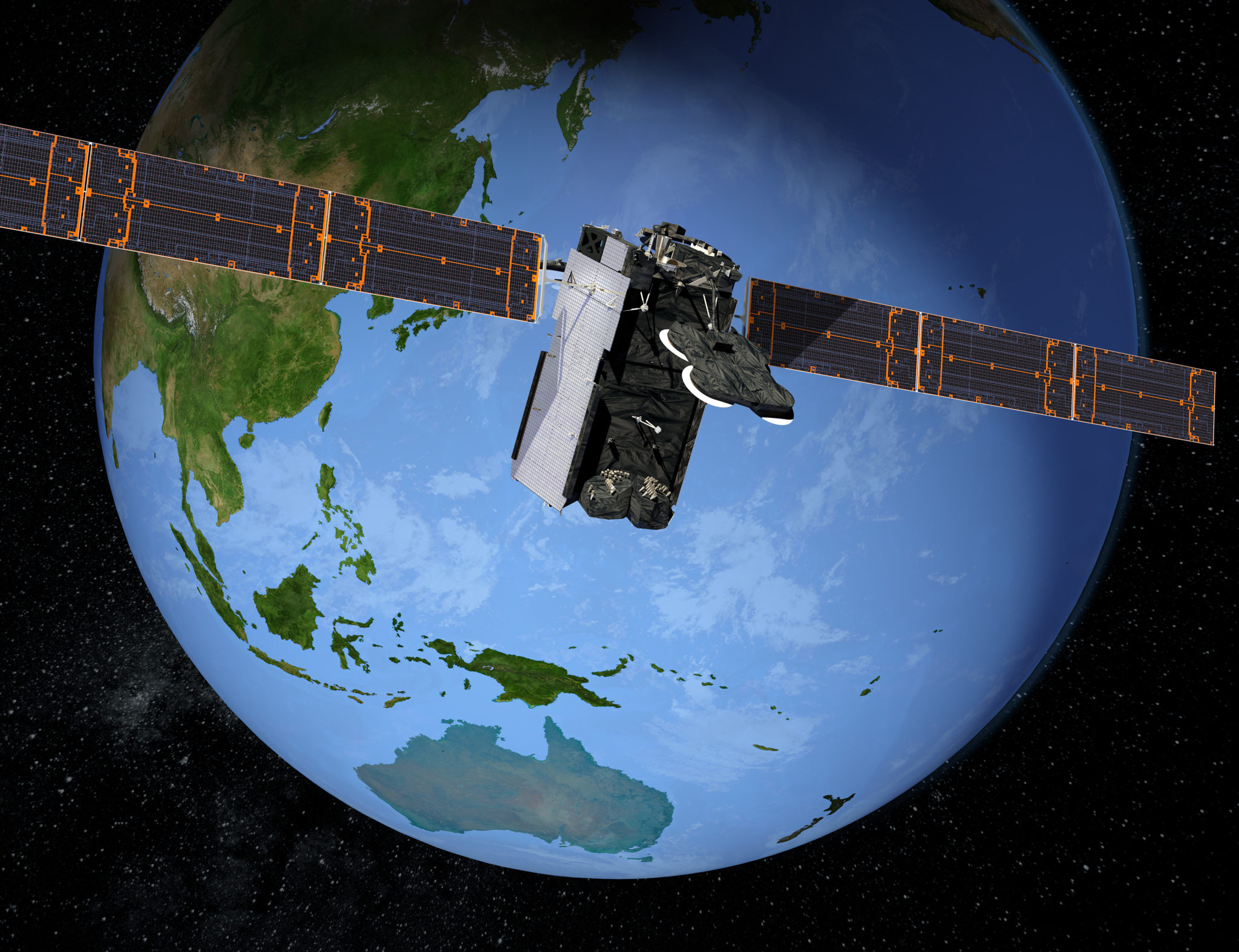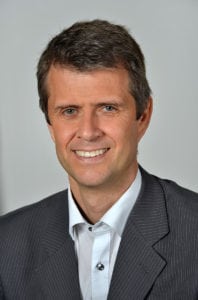Latest News

Kacific 1 rendition. Photo: Kacific.
Kacific recently announced that Boeing will construct its high-throughput Kacific 1 satellite, a project that will kickstart the company’s foray into the tricky Asia-Pacific market when it launches in 2019. Now, Chief Executive Officer Christian Patouraux says the satellite could have even more capacity than originally planned due to last minute refinements.
“We spent a week really scratching our heads over the design. It still has to be confirmed but we may have another 20 percent additional capacity than announced,” he told Via Satellite.
Furthermore, Kacific is already at the concept design stage for its next satellite and expects progress to accelerate as financing materializes. “It makes perfect sense for us,” Patouraux said. “It supplements the capacity of the first one in key areas and also addresses the needs of customers who have heard about us and contacted us but unfortunately were not in our plans for this first satellite.”
Patouraux said that he’s pleased so far with the results of the Boeing collaboration and hopes to continue that relationship in the future — so it’s likely Boeing will manufacture Kacific’s next satellite, too.

Christian Patouraux, CEO of Kacific Broadband Satellites. Photo: Kacific
With nearly $450 million in wholesale agreements already signed, Patouraux is confident Kacific 1 will be a very profitable venture. But historically, the Asia-Pacific region is one that has proved challenging to serve. Companies such as Thaicom have struggled in recent years, citing economic recession and flat demand for satellite capacity. Thaicom in particular saw revenues from its satellite business fall 12 percent in 2016 from the year prior.
However, Patouraux says he isn’t concerned by other companies’ lackluster performance due to three elements of Kacific’s value proposition. The first is the company’s verticality. “We allow a wholesale turnkey solution for customers. In other words, we operate the satellite and the teleport — we operate everything upstream from the satellite so that for our customers it’s easy to install. They just have to go to a reputable ground vendor approved by Kacific and they can start installing,” he said.
The second element is what Patouraux calls a “direct-to-premise” approach, or attempting to bring connectivity to an entire community via a central building, rather than one individual household. It is Patouraux’s hope that Kacific customers — telcos, Internet Service Providers (ISPs), governments — will install an antenna at places like schools or hospitals that is strong enough to cover a whole community.
This culminates in his final and most important element: affordability. “We are operating at a sufficiently affordable price so that we can address a family in a remote, rural village that has a few dollars to spend on broadband every month,” he said. Patouraux’s goal is to bridge the digital divide in developing regions, and came up with a business plan that he believes mitigates cost for the end user as much as possible.
With most of Kacific 1’s beams exceeding 70 percent firm capacity bookings and some already saturated, Patouraux is very encouraged by the sales numbers so far. “I think it’s almost unprecedented the amount of sales we have at this stage in any broadband satellite project,” he said. “In some markets we’ve filled up more than 90 percent already with respect to the local capacity.” As far as competition is concerned, Patouraux used the Intelsat/OneWeb merger to frame his thoughts on the explosion of smaller satellites being launched into Lower Earth Orbit (LEO). “In terms of the merger itself, I hope it will be successful. It would affect the whole industry if it wasn’t, so I hope it’s approached very carefully,” Patouraux said. But he also stated that he doesn’t see OneWeb, or any other LEO operators for that matter, as a real threat. Unlike Kacific 1 and other satellites in Geosynchronous Earth Orbit (GEO), LEO constellations’ biggest challenge is filling their capacity, he said. Because they fly so low, much of LEO satellites’ time is spent above empty swaths of the planet, which means those assets are not being fully used.
“When you compound that with the fact that they still have to build satellites, launch, renew their fleet regularly even if those satellites are only going to live a few years … There’s no way they can beat the pricing of a GEO that is there all the time, focused on very small, well-proven terminals,” he said. Patouraux expects the cost of Kacific’s GEO Ka-band terminals to drop year after year, and noted that LEO terminals have really yet to hit the market. “Today a Ka-band terminal can be as low as $250. When we launch in 2019, what will be the price?” he said.
Patouraux says that he doesn’t understand why some companies choose LEO to achieve a purpose that can be well-achieved in GEO, particularly when those GEO satellites have yet to be fully exploited. “With Ka-band, you create very little interference with your neighbor. You can put Ka-band satellites every three degrees on the geostationary belt. Why go into [LEO] constellations if it’s to compete with GEO? It doesn’t make sense,” he said. Patouraux’s argument reflects the thinking of Thomas Choi, CEO of ABS, who made similar points during panels at the SATELLITE 2017 Conference & Exhibition last week in Washington, D.C.
Ultimately, Patouraux believes that layering capacity via multiple High-Throughput Satellites (HTS) is still the most economic choice, and thinks there are markets around the world that can benefit from this approach. In particular, if rollout goes smoothly in 2019, Patouraux expects Kacific to tackle other rural regions in south and central Asia.
Get the latest Via Satellite news!
Subscribe Now